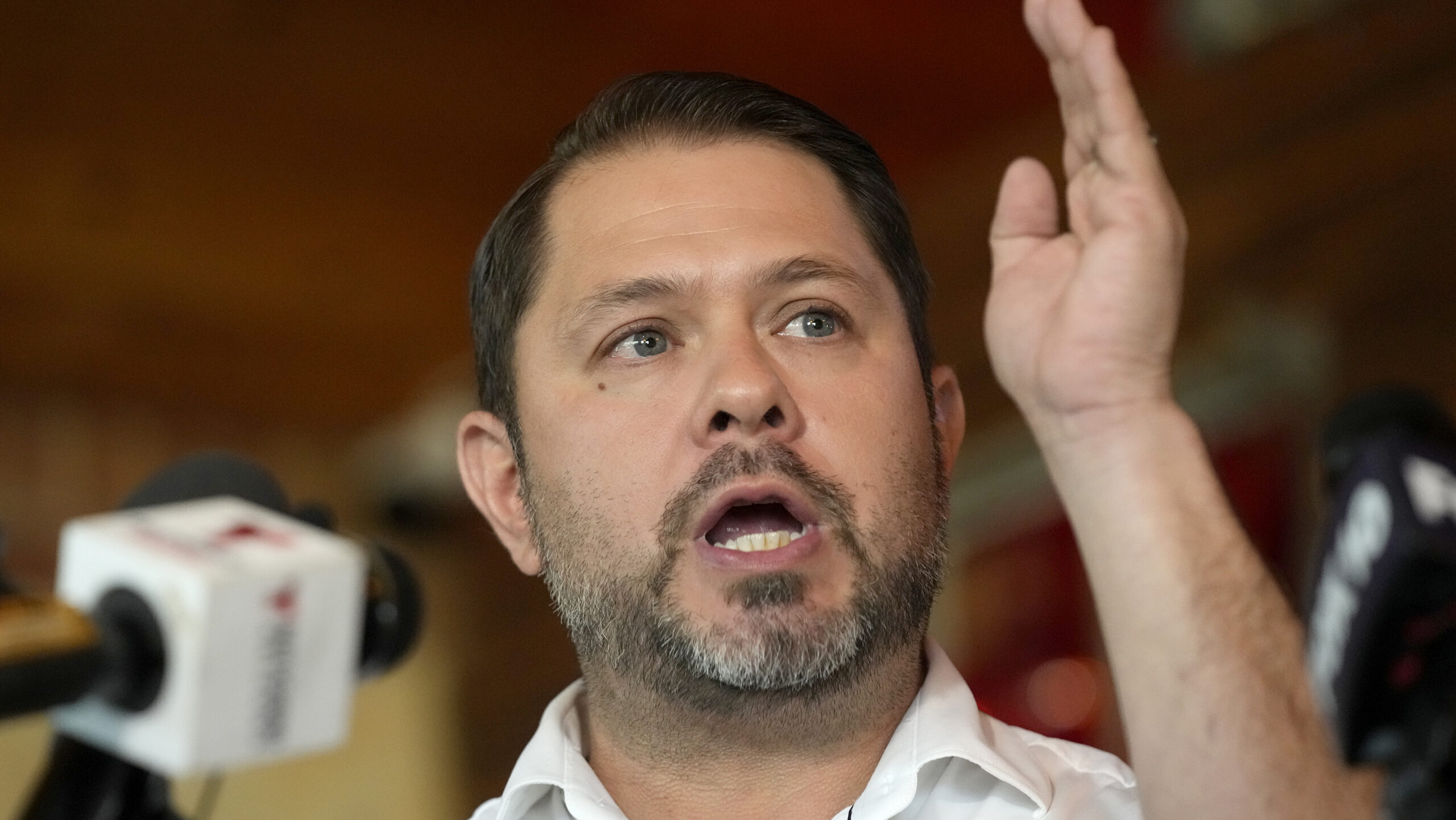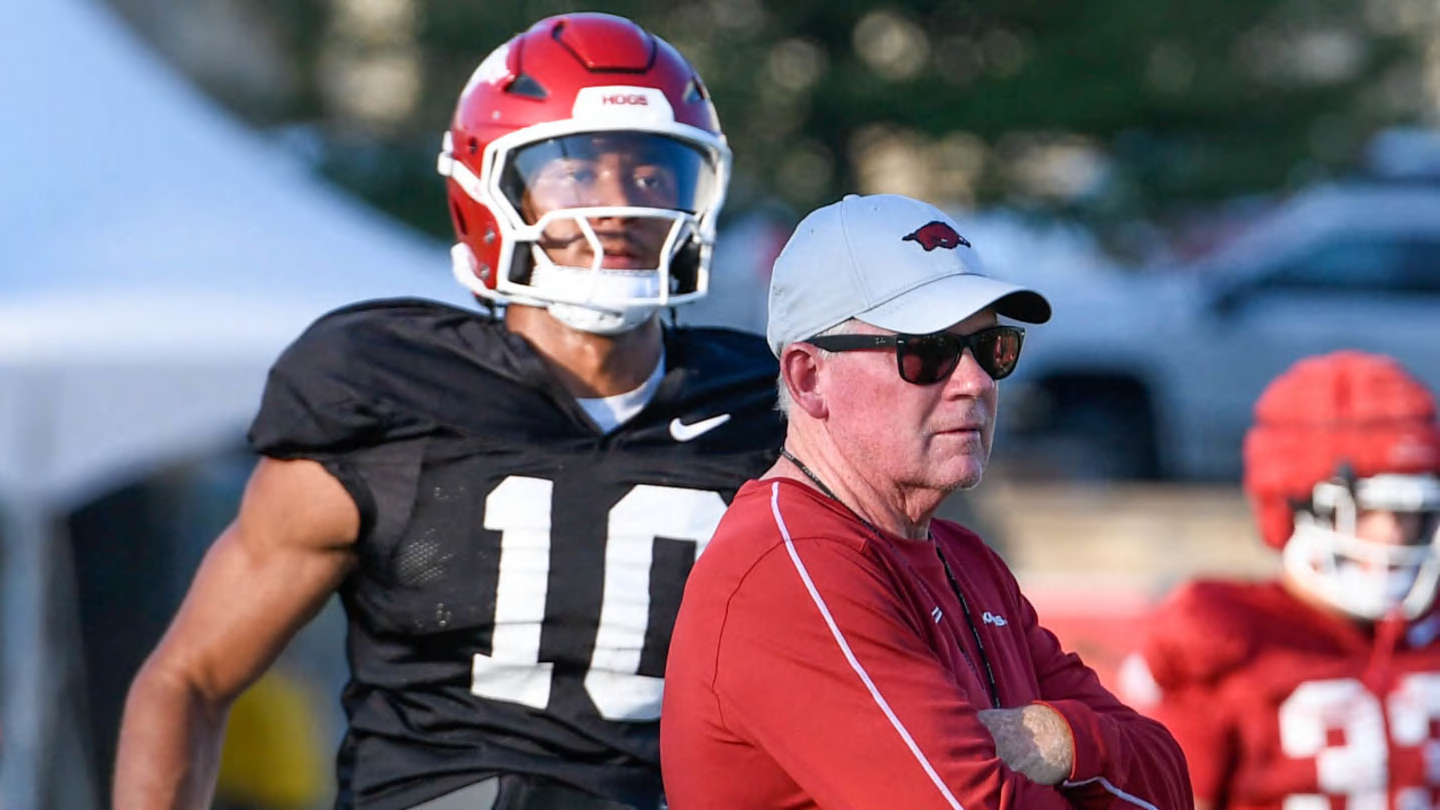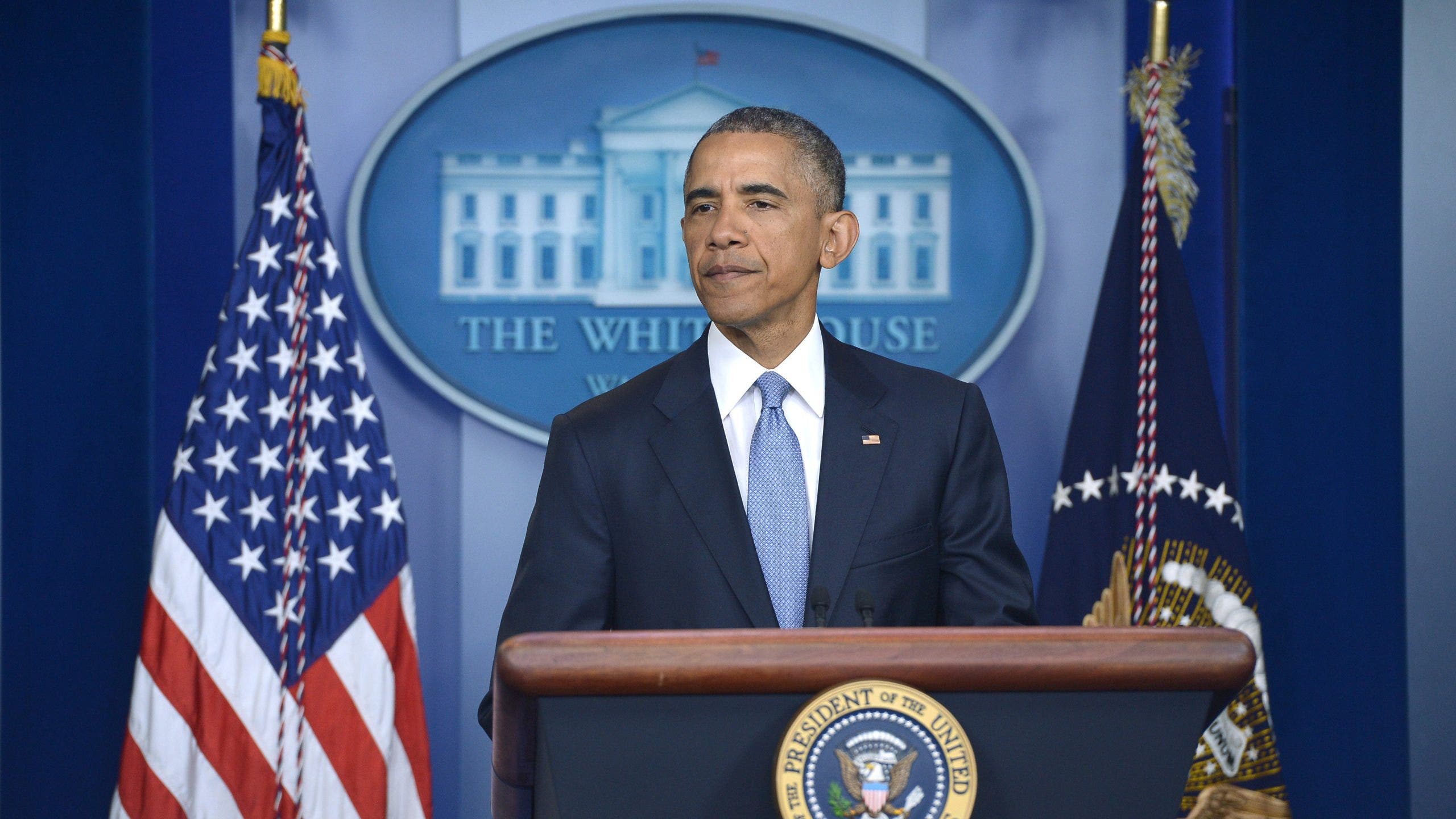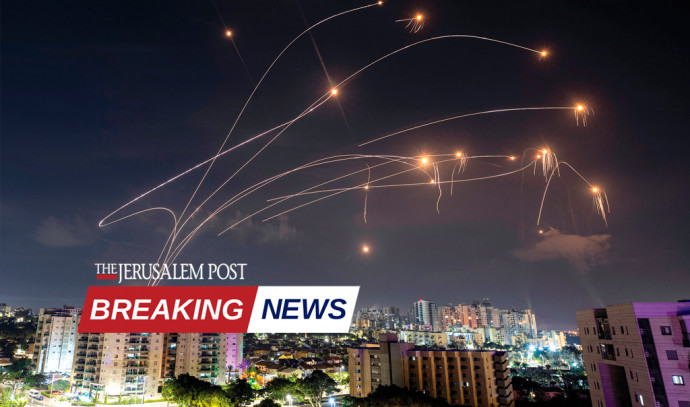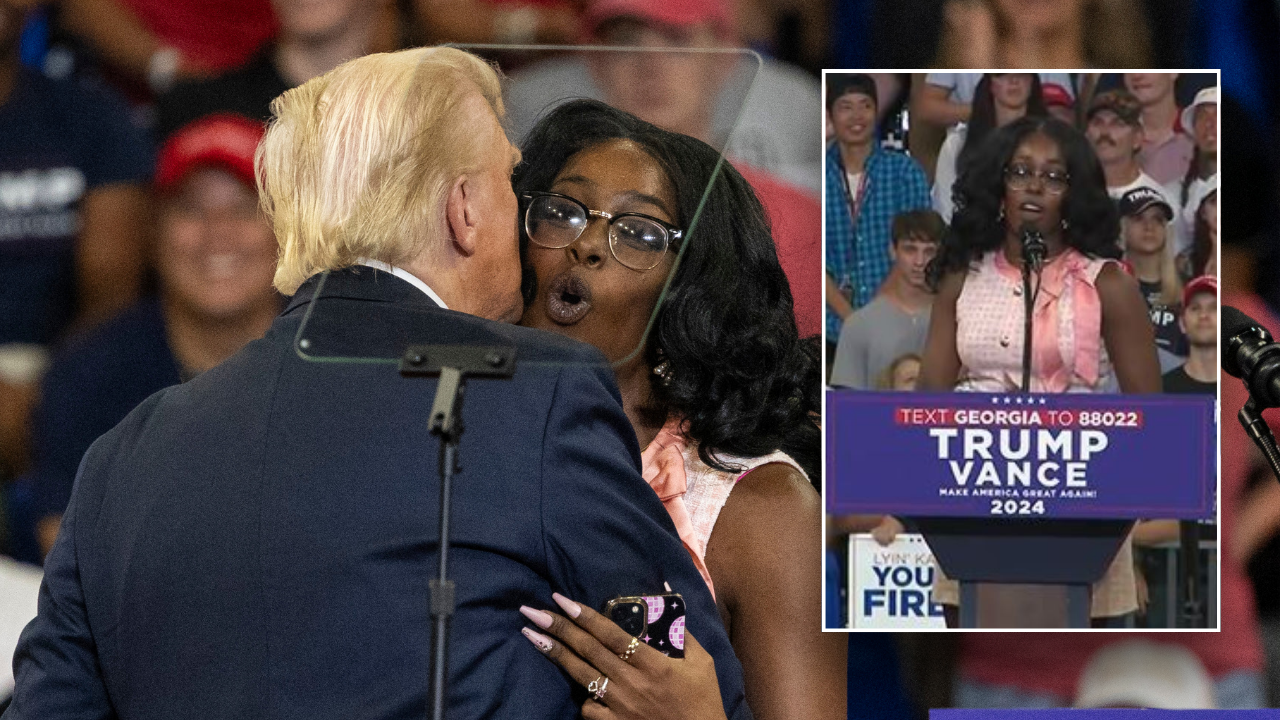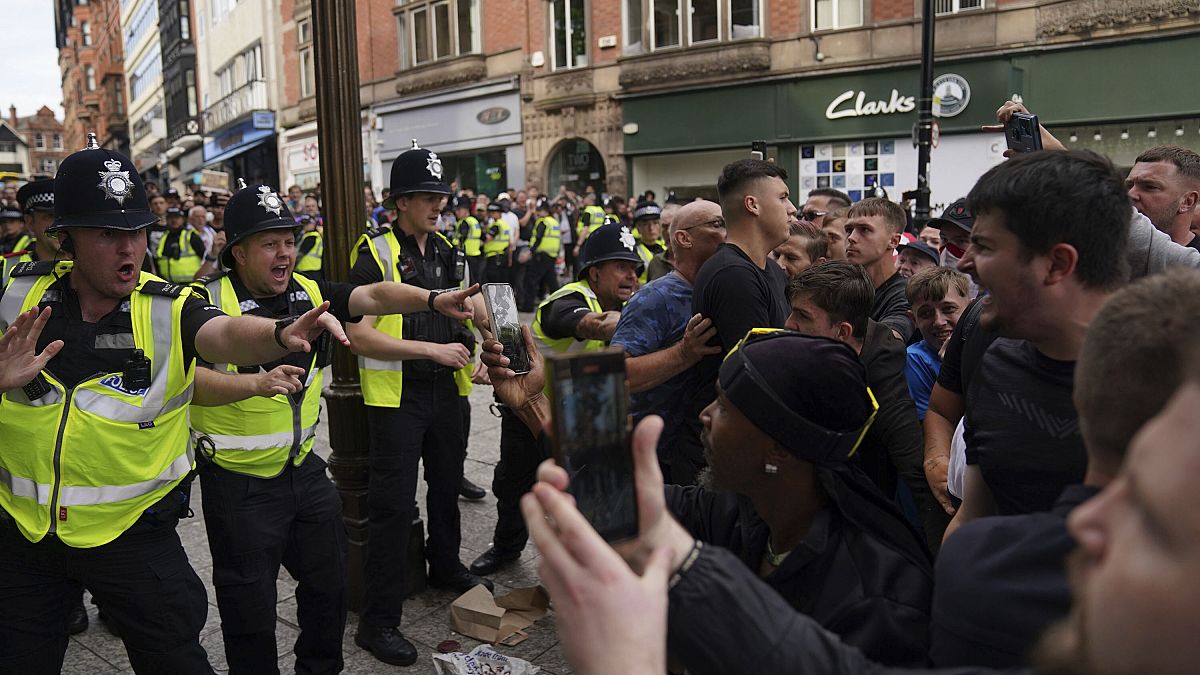Indianapolis, IN
How IMS drives $1 billion in Indiana economic impact according to an IU study

Watch ‘More Than a Race,’ our mini-documentary on the Indy 500
Indianapolis is the 500.
A.J. Foyt once said, “If it wasn’t for the Indianapolis 500, none of you would’ve ever heard of me.” The same might be said of Indianapolis.
Jenna Watson, Indianapolis Star
A decade after ‘Project 100’ delivered the Indianapolis Motor Speedway a $100 million facelift and four years into Roger Penske’s stewardship, track officials say the IMS’ local and state-wide economic impact has more than doubled, reaching more than $1 billion, according to a 12-month study performed by the Indiana University Public Policy Institute.
More than half of that, the study says – $566.4 million – can be tied to events around the Indianapolis 500 and the 14 days of on-track activity in May. Indy 500-related spending, from IMS’ operations to visitors’ tickets, transportation expenses within the state, food, hotel stays and merchandise, as well as team expenses, more than doubles the estimated economic impact of the 2012 Super Bowl Indianapolis hosted It puts the Greatest Spectacle in Racing on-par with this past February’s Super Bowl held in Arizona ($600 million).
IMS president Doug Boles said the track believes these numbers to be a conservative estimate of the annual impact of everything that IMS does over a calendar year – from June 1, 2022, to May 31, 2023, meaning this latest estimate doesn’t include IMS’s fall IMSA sportscar weekend.
“That doesn’t benefit us if we say ‘$2 billion,’ because we’re not trying to get other cities to bid on this event,” he continued. “Others (events) may want to make it feel like the impact is even bigger.
“The Speedway’s not an Indianapolis asset. It’s an Indiana one, so when I’m out talking to (fans around the state), I want to be able to feel comfortable that this is a real number that impacts the whole state. This isn’t an inflated number, where we took $10 out of Allen County and had it spent in Marion County.”
In addition, Boles said, the increase in impact from $510 million in 2012 to $1.058 billion reflected in this study is something he can take to the Indiana Finance Authority, which governs the loan and bonds involved in Project 100 – the three-year infrastructure project IMS undertook ahead of the 100th running of the 500 in 2016.
“We want them to feel good about IMS and what we’re contributing to the community,” said Boles, adding that IMS pays $2 million each year in an effort to pay back their responsibility, on top of the tax funds raised from the motorsports investment district. “I think this validates the loan the state gave us and shows that the investment we made together is paying off.”
Marketing expert: Study from ‘credible source’ with ‘sophisticated analysis’
In attempting to best estimate IMS’ true economic impact – spending that wouldn’t occur within the state but for the existence of IMS – the study’s analysts did their best to separate in-state visitors and out-of-state visitors by classifying race fans as either living within or outside a 100-mile bubble from the track. That includes residents of Ohio and Illinois, and some out of it may live in Indiana’s most northern or southern communities, those from IU’s Public Policy Institute felt it was the most round number that could as best and most easily delineate those groups.
Why is that important?
“If these (in-state) residents choose not to attend an IMS event, it’s likely they would attend other entertainment-related events in Indiana,” they wrote in the study, listing other possible alternatives to time and money spent at IMS including dining out a couple more times a year or going to Colts, Pacers or college sports games. “While this spending may be new to Indianapolis, it’s not new to Indiana.”
When leaving out that direct in-state visitor spending, the study said the 12 months of events at IMS generated $972 million of economic impact. To generate its findings, the study analyzed IMS’ own expense and revenue data, combined with the results of ticketholder surveys to capture a full picture of the spending. IMS’ operation spending included facility maintenance, the Brickyard Crossing golf course, the IMS Museum and track management personnel.
Insider: Here’s where the IndyCar Silly Season, Indy 500 field sits for 2024
Also important to note: team-related spending only took into account expenses that directly touched the Indiana economy. For IndyCar teams that call the state home, it appears the study took into account large chunks of their operating budgets – including the wages they paid employees who are Indiana residents, construction projects and other Indiana-related expenses. For those with headquarters elsewhere – like Team Penske, for example – only those teams’ expenses that drove economic impact in the state (like lodging costs for May for those based out of North Carolina) were included.
In all, it amounts to methodology that veteran marketing professor Dr. Daniel McQuiston, who has taught at IU, Butler and Purdue, felt went above-and-beyond the necessary measures to make this latest study commissioned by IMS is reputable and accurate.
“The first things you look at any time a study like this is done are, ‘Who did it? Where did they get their data?’ and ‘How did they do it?’” said McQuiston, who IndyStar provided a copy of the study to analyze. “This comes from a very credible source … and this software is very well-known.
“What I see here, in a nutshell is they used a very credible source and the most sophisticated analysis out there to do it.”
While admitting there’s certainly an amount of trust that has to go into taking studies like IMS’ at face value – after all, what’s preventing anyone in these positions from fudging some numbers here and there? – he said of his previous work and interactions with IMS in the past: “They’re pretty sophisticated in how they collect their data and what they do. They’re a world-class organization and very intentional.”
So … does that billion with a B number sound reasonable, IndyStar asked?
Said McQuiston: “I think that’s a very realistic number. (The Indy 500) is an event unlike any other in the world.”
Ed Carpenter Racing scaling back: ECR hires Christian Rasmussen to run road, street course races, 500 in ’24
How IU study reached IMS’s estimated $1 billion impact on Indiana
At a roundtable event hosted by Charlie Brown’s in Speedway last week to unveil and talk about the study’s findings, Boles boasted that at its latest count, IMS’ current annual calendar includes 150 days of on-track activity – 14 related to the 500, when accounting for testing, the GMR Grand Prix, practice, qualifying and race day. Three more come from IMS’ second-biggest weekend of the year: NASCAR’s Brickyard weekend that in 2024 will celebrate its 30-year anniversary and return to the oval.
It means that those other 133 days of on-track action, whether it be the Indy 8-Hour, private track rentals, various series’ and manufacturer test days and other smaller events like the SCCA Runoffs – along with IMS’ other expense and revenue-generating arms – account for $375 million in economic impact in the state.
Here’s a breakdown, with data pulled from the study, on the different pools that make up IMS’s nearly $1 billion in economic impact on the state (when not factoring in in-state visitor spending):
MONTH OF MAY ($480.1 million)
∎ Indy 500 visitors: $248,484,947 (or 52% of all IMS May-related economic impact in Indiana)
∎ IMS operations: $111,936,579 (23%)
∎ Carb Day visitors: $40,154,946 (8%)
∎ GMR Grand Prix visitors: $36,905,428 (8%)
∎ Practice and qualifying visitors: $20,507,498 (4%)
∎ IndyCar teams: $19,640,308 (4%)
∎ Indy NXT teams: $2,491,237 (1%)
MONTH OF AUGUST ($117.2 million)
∎ IMS operations: $39,936,143 (34%)
∎ NASCAR visitors: $36,115,409 (31%)
∎ NASCAR teams: $16,613,687 (14%)
∎ Gallagher Grand Prix visitors: $14,762,171 (13%)
∎ IndyCar teams: $9,820,154 (8%)
REST OF THE YEAR ($375.1 million)
∎ IMS operations: $164,139,035 (44%)
∎ IndyCar teams: $108,021,696 (29%)
∎ Other visitors: $64,409,899 (17%)
∎ Indy NXT teams: $24,912,371 (7%)
∎ IMS Museum operations: $9,585,271 (2%)
∎ Brickyard Crossing operations: $4,004,871 (1%)
‘The best of his generation’: Kyle Larson gets first taste of IndyCar, Indy 500 speeds in rookie test
IMS’s impact on the Indiana labor force
In addition to the financial impact on Indiana, the study also broke down labor impact – in terms of full-time equivalent jobs and labor income – related to IMS’s general existence and the events it hosts. In total, the study stated that IMS took a hand in generating an estimated 8,440 direct and indirect full-time jobs – meaning that for part-time or seasonal roles related to the track, the combining of those part-time ones into the full-time roles those would amount to.
When split into the three different portions of the year (May, August and the other 10 months), the split included:
∎ May: 3,783 full-time equivalent jobs…$155,231,673 in labor income
∎ August: 1,275 FTEs…$46,353,698 in labor income
∎ Rest of the year: 3,382 FTEs…$158,369,090 in labor income

Indianapolis, IN
BLQ+ Pride Fest: A celebration of Indy's Black LGBTQ+ community

INDIANAPOLIS — A celebration of Black LGBTQ+ pride was on full display on Monument Circle Saturday.
The BLQ+ Pride fest brought out hundreds of people as an opportunity to celebrate people of color who identify as LGBTQ+.
The celebration had vendors, queer health support organizations and entertainment.
WRTV
According to the Human Rights campaign, over 80 percent of black LGBTQ+ youth say they have experienced homophobia or transphobia in the black community.
Organizers hope the event serves as a reminder to queer people of color that they have a community in the city of Indianapolis.
WRTV

“Black pride is important because black LGBTQ people need safe spaces to feel loved and celebrated in the State of Indiana,” President of Indiana Pride of Color Belinda Drake said.
The Human Rights campaign also says that racism is an issue in the LGBTQ+ community.
Nearly 75 percent of black queer youth say they have experienced racism in the queer community.
Indiana Pride of Color is working to improve the quality of life for Indiana LGBTQ+ BIPOC communities.
Learn more about the Indiana Pride of Color organization, here.
WATCH | Organizations work to ‘break the stigma’ amid Mental Health Awareness Month
Breaking the stigma of mental health during Mental Health Awareness Month
Indianapolis, IN
BLQ+ Pride Summer Fest returns

INDIANAPOLIS (WISH) — After a five-year hiatus, the BLQ+ Pride Summer Fest event was held on Monument Circle on Saturday.
The event featured several shopping, entertainment, and eating opportunities.
“They are doing testing, we have food vendors, we have alcohol for the adults, we have folks who are selling merchandise,” said Belinda Drake, president of Indiana Pride of Color. “We have the ice cone shop for the kiddos, too.”
The day is created to honor and celebrate Black, Queer joy in the city and state overall.
One of the vendors who came out to sell items and celebrate alongside the community is Nakeya Harris, the owner of Meraki Mobile Boutique. Her shop carries women’s clothing items, with a specific focus on statement items with bright colors. She also carries jewelry and additional staples.
“I enjoy people expressing themselves and being free, so I wanted to be a part of that,” Harris said.
Local LifeJourney Church was also in attendance at the event. They aim to extend a safe space for worship to anyone interested.
“Today we are trying to reach out to communities of color and just say we have a welcoming space where people can come and be themselves
Though it is the first event of its kind since 2019, the Summer Fest is set to return to Monument Circle next year, and for many years to come.
Indianapolis, IN
Todd’s Take: Home Cooking? Indiana Needs To Clean Its Big Ten Tournament Plate In Indy
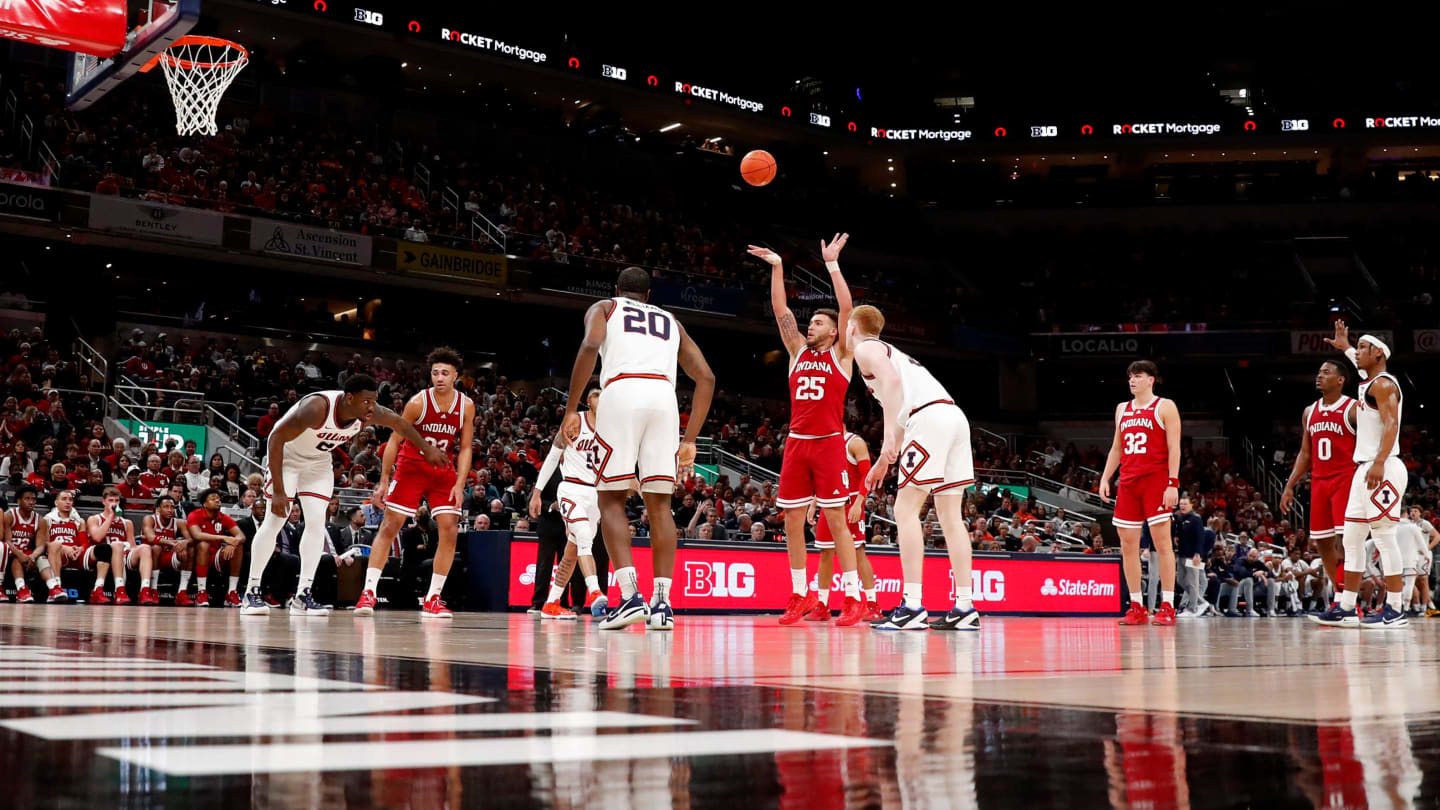
BLOOMINGTON, Ind. – On Wednesday, white smoke finally hovered over Big Ten headquarters in Rosemont, Ill., as the conference revealed its future plans for the Big Ten Men’s and Women’s Basketball Tournaments.
If you’re a Big Ten-mad basketball fan who resides in Indiana, you’re happy. Gainbridge Fieldhouse in Indianapolis will host both the men’s and women’s tournaments twice each between 2025 and 2028. The Fieldhouse will host both tournaments in 2025.
Spanning all 3 time zones across the Big Ten!
Here are the hosts for the 2025-2028 Men’s and Women’s Basketball Tournaments: https://t.co/lDiAEA5oVI#B1GMBBT l #B1GWBBT pic.twitter.com/clkRFmWP7O
— Big Ten Conference (@bigten) July 31, 2024
In theory, you’d think having the Big Ten Tournament right in the heart of Hoosier country would create a home-court advantage for the cream-and-crimson. You’d think that Fieldhouse moments would be part of the collective memories of candy-striped fans statewide.
But let’s partake in a short exercise. What is Indiana’s greatest Big Ten Tournament moment in the Circle City in men’s basketball? I’ll give you a moment to think about it.
That’s right, dig deep. Keep mining the recesses of your mind. Why do I hear crickets?
As I clear the cobwebs in my own head, in terms of good things that happened to Indiana in the Big Ten Tournament in Indy, I can only think of the 2022 run when the Hoosiers saved their NCAA Tournament bacon with a 2-1 performance.
Included were two of the three games Indiana has won by five points or less in Big Ten Tournament games played in Indianapolis – a five-point victory over Michigan and a two-point thriller against top-seeded Illinois. (The other was a 2006 five-point victory over Wisconsin.)
Past that? The cupboard is bare. There are infamous moments that jump to mind, such as former Hoosier Luke Recker’s heart-shattering buzzer-beater for Iowa in a 2002 semifinal in the first Big Ten Tournament played in Indy. Soon-to-be-outgoing coach Archie Miller was lustily booed in the tournament’s lone appearance at Lucas Oil Stadium in 2021.
There is infamy that had nothing to do with Indiana, such as the bizarre 2020 Big Ten Tournament game against Nebraska, where it seemed the entire nation seemingly coalesced during that game to the grim reality that COVID-19 was about to alter all of our lives.
Only in Indiana’s checkered Big Ten Tournament history could the Hoosiers win and not advance.
Past that, Indiana has largely entered and exited anonymously in the Circle City. The Hoosiers’ all-time Big Ten Tournament record in Indy is 7-11. Indiana has beaten a grand total of one ranked foe (No. 16 Illinois, 2022) among those seven victories.
The Hoosiers have had six one-and-done appearances at the Fieldhouse. Even if you exclude the 2008-10 post-probation period when the Hoosiers were mired in losing, that still leaves three other instances where cream-and-crimson tails were firmly planted between legs in front of the home folks.
The women don’t escape scrutiny, either. Indiana’s women have been better than the men – Heather Cassady and Jill Chapman led the Hoosiers to their lone Big Ten Tournament championship at the Fieldhouse in 2002. Teri Moren coached the 2022 team to the championship game at the Fieldhouse. But apart from that? Not much considering the women’s tournament has been played in Indianapolis far more often than the men’s tournament.
Indiana’s women are 19-24 all-time in the Big Ten Tournament in Indianapolis and have 12 one-and-done appearances.
None of this is for lack of enthusiasm at the gate. Every Indiana Big Ten Tournament game I’ve been to in Indianapolis has been a Hoosier Nation takeover. Indiana fans always show up, it’s what they do, but in Indy, it’s almost never reciprocated with on-court success.
So why does Indiana struggle in the Big Ten Tournament in Indy? Part of it is Indiana’s uneven seasons in general since the tournaments began in 1995 (women) and 1998 (men), but even good Hoosiers teams have stumbled in Indy.
The 2016 Big Ten regular season men’s champions are one example as they went one-and-out. Indiana’s 2021 Elite Eight women’s team didn’t win in Indy, either.
Where the men are concerned, perhaps part of it is historical indifference. Bob Knight was famously opposed to the tournament’s very existence and that attitude has possibly settled in among fans who recall his stance.
Truth be told, I don’t think I’ve heard many (any?) Indiana fans put an emphasis on the Big Ten Tournament, apart from seasons where the Hoosiers had to win to get a NCAA Tournament berth. The vibe is that this is a program that has bigger fish to fry, in particular, the elusive sixth banner.
Well, sometimes reality slaps you in the face with the truth that you have to walk before you can run. Indiana’s .395 winning percentage in the Big Ten Tournament is only ahead of Northwestern’s among schools that have been in the conference since the inception of the tournament. Let that wash over you.
That dubious distinction alone should spur Indiana fans into giving this tournament a bit more emotional emphasis, but there’s something to be said for the enthusiasm a tournament run generates, too.
I was there for the Purdue men’s win in 2023 in Chicago as well as the Iowa women’s and Illinois men’s wins in 2024 in Minneapolis. The Big Ten Tournament championship didn’t define any of their seasons, but it undoubtedly added some spice.
For the 2024-2025 season, Indiana’s men’s and women’s teams will both be capable of making noise at the Fieldhouse. The in-arena support will be there. Home cooking for the Hoosiers will be served up piping hot.
It’s long past time for the Hoosiers to clean their Big Ten Tournament plate in their home state.
-

 Mississippi5 days ago
Mississippi5 days agoMSU, Mississippi Academy of Sciences host summer symposium, USDA’s Tucker honored with Presidential Award
-

 Politics1 week ago
Politics1 week agoRepublicans say Schumer must act on voter proof of citizenship bill if Democrat 'really cares about democracy'
-

 Politics1 week ago
Politics1 week agoTrump announces to crowd he 'just took off the last bandage' at faith event after assassination attempt
-
World6 days ago
More right wing with fewer women – a new Parliament compendium
-

 World1 week ago
World1 week agoIsrael says Hezbollah crossed ‘red line’, strikes deep inside Lebanon
-
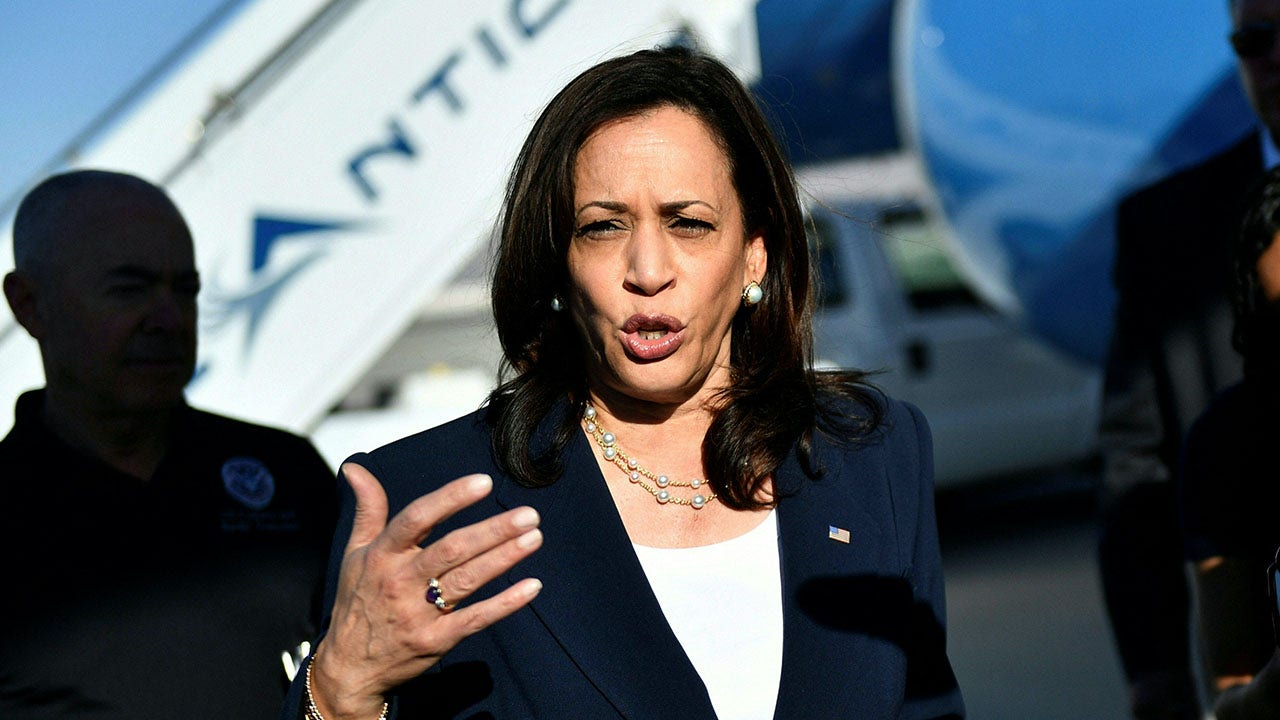
 Politics1 week ago
Politics1 week agoHarris failed to combat ‘root causes’ of illegal immigration, former Border Patrol union chief says
-

 Movie Reviews1 week ago
Movie Reviews1 week agoDeadpool & Wolverine Movie Review: Ryan Reynolds brings the house down in this bloody spectacle
-

 News1 week ago
News1 week agoVideo: Kamala Harris May Bring Out Trump’s Harshest Instincts


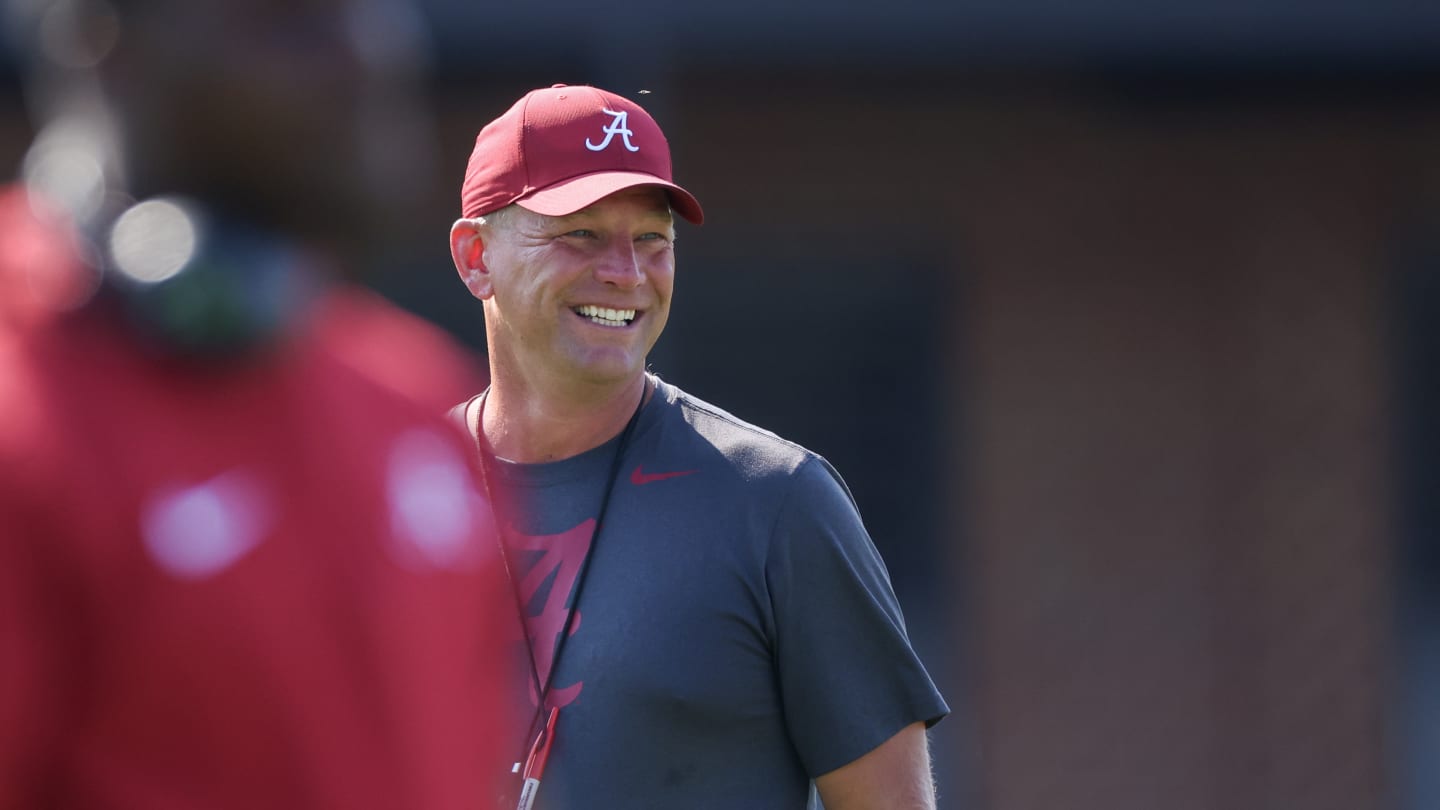
:quality(70)/cloudfront-us-east-1.images.arcpublishing.com/adn/FYFXFX3CORHM5P4L3PDB5LDW44.jpg)
